Welcome to our comprehensive guide on cat tail health. As a key tool for balance, agility, and communication, cat tails play a crucial role. Here, we'll discuss the anatomy of a cat's tail, discussing its structure and functions.
Additionally, we'll look at how tail behaviors could hint at your feline friend's overall health. From skin abscesses and cysts to common ailments and injuries, this article will provide a wealth of information.
So, if you've ever wondered about the importance of your cat's tail or want to know more about potential health issues, keep reading. Remember, understanding your cat's health is crucial for a long, happy life together.
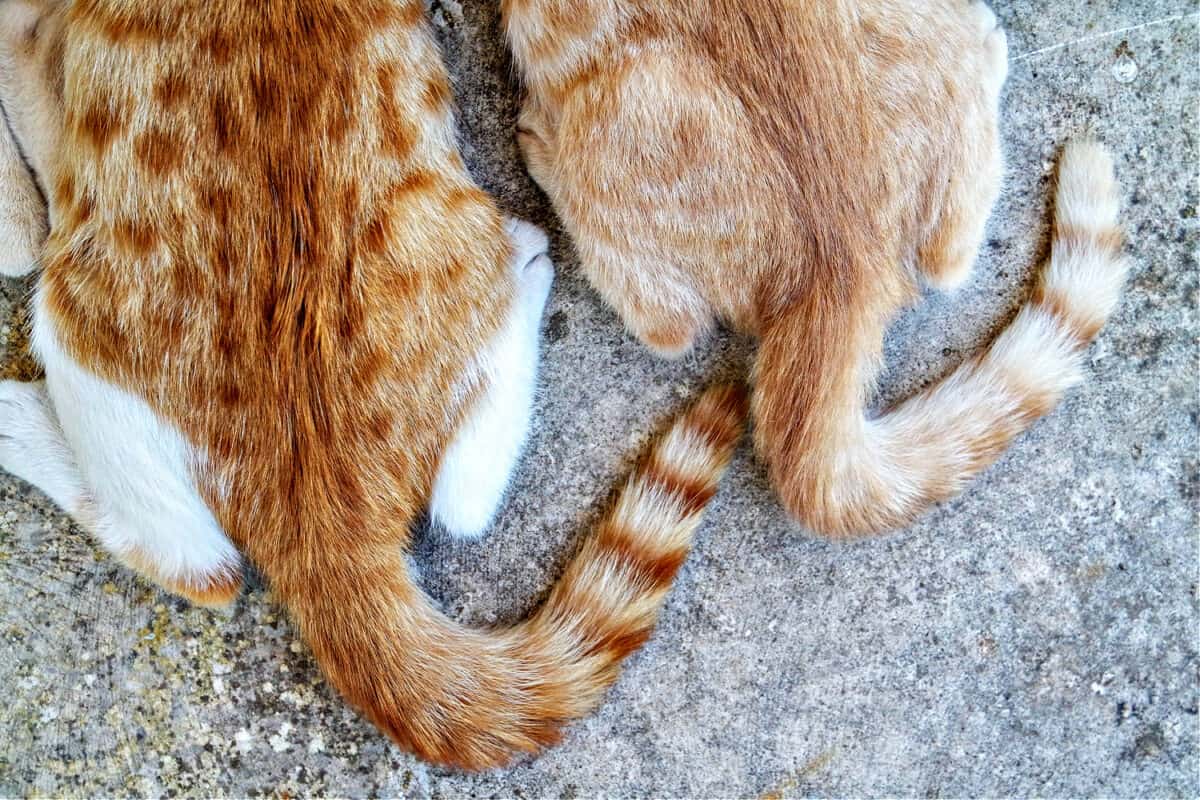
About Your Cat's Tail
The tail is an important part of your cat. Physically, it serves to enhance the cat's balance and agility. It is also a tool of communication, displaying movements and postures that help convey your cat's mood.
Each cat's tail consists of 19 to 21 tiny bones, known as caudal vertebrae. The actual count can vary depending on the tail's length.
These bones, separated by flexible discs, are bolstered by supportive muscles and ligaments.
Monitoring Your Cat's Tail: A Health Checkpoint
Your cat's behavior serves as a clear health barometer. As a cat owner, you're familiar with your pet's unique temperamental patterns and behaviors.
Any deviations from these usual patterns could serve as an early alert to potential health issues.
Subtle Changes in Your Cat's Tail
Your cat's tail is quite expressive. You can note important behavioral changes by observing them. For example, if your cat's tail hangs lower than usual or is tucked under its body, this might be a sign of depression.
Likewise, an unusually swishing tail could indicate pain or discomfort. It's essential to understand that the issue doesn't necessarily lie in the tail itself, but it could be reflecting your pet's overall well-being.
This insightful journey through understanding and interpreting the importance of your cat's tail can help you ensure your beloved companion's health.
Keep a keen eye out for these subtle cues - they could mean the world to your cat's happiness and health!
SIGN UP FOR THECATSITE'S EMAIL UPDATES >
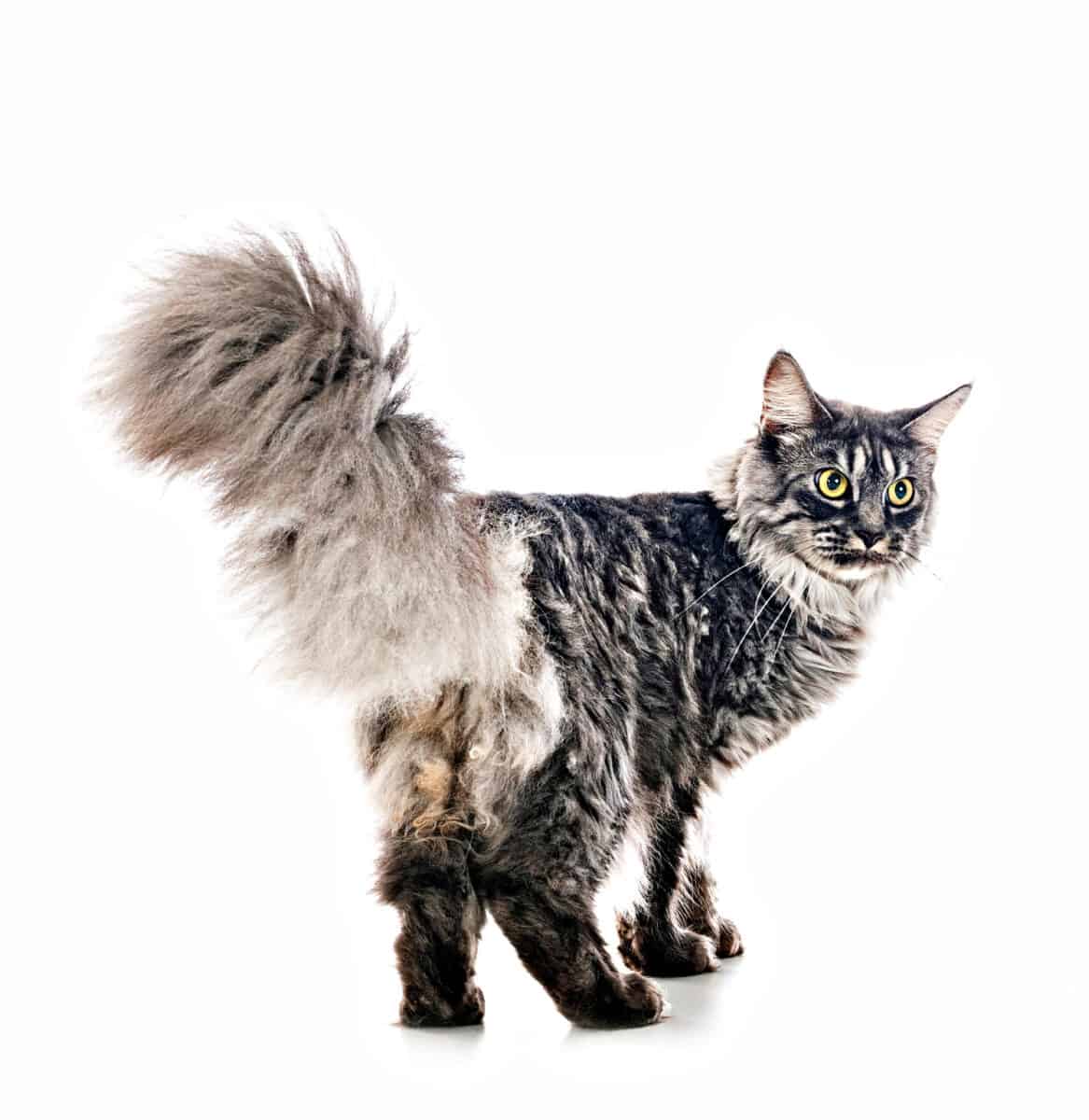
Skin Abscesses and Cysts: Common Tail Issues in Cats
An abscess forms as a pus pocket under a cat's skin, usually developing from a bite or a contaminated puncture wound.
Bacteria trapped within the skin can cause an infection, leading to pus accumulation until the skin breaks open. This can result in a foul-smelling and often painful mess.
The Tail: A Prime Spot for Abscesses
A cat's tail is prime abscess territory. A tail can easily get bitten during a catfight and develop a massive abscess within days.
If you think your cat's tail has been bitten, talk to your vet as soon as possible. A course of antibiotics can sometimes prevent the abscess from forming.
If you discover an abscess anywhere on your cat's body, it needs to be treated by the vet, who will probably drain the abscess and provide supportive care.
Special care should be taken when the abscess is located near the base of the tail, or if it's deep enough to infect the bone.
The Role of Cysts in Tail Health
A lump on your cat's tail isn't always an abscess. It could also be a benign cyst, caused by blocked hair follicles leading to an accumulation of sebum (skin oil) or keratin beneath the skin.
Your vet will assess whether the cyst needs surgical removal. If a cyst ruptures, it could become infected and seep blood and pus, necessitating supportive care and antibiotics.
Unfortunately, some cysts have a high recurrence rate post-removal. In severe situations, a partial or total tail amputation might be the only option.
Stud Tail Syndrome: An Overlooked Condition
At the base of your cat's tail, there are special glands secreting sebum along the hair follicles. This lubricates the skin and aids in territorial marking through scent dispersal. If these glands overproduce sebum, the fur on and around the tail can appear greasy and thin, and blackheads may develop, potentially leading to infection.
This condition is called feline tail gland hyperplasia and is commonly referred to as Stud Tail. While more common in intact males, it can afflict any cat, male or female, neutered or whole.
Upon diagnosing Stud Tail, your vet might recommend clipping the hair around the affected area and cleaning it with specialized shampoos.
Neutering might be advisable for intact males. By understanding these health issues related to your cat's tail, you can be better prepared to keep your feline friend in top health.
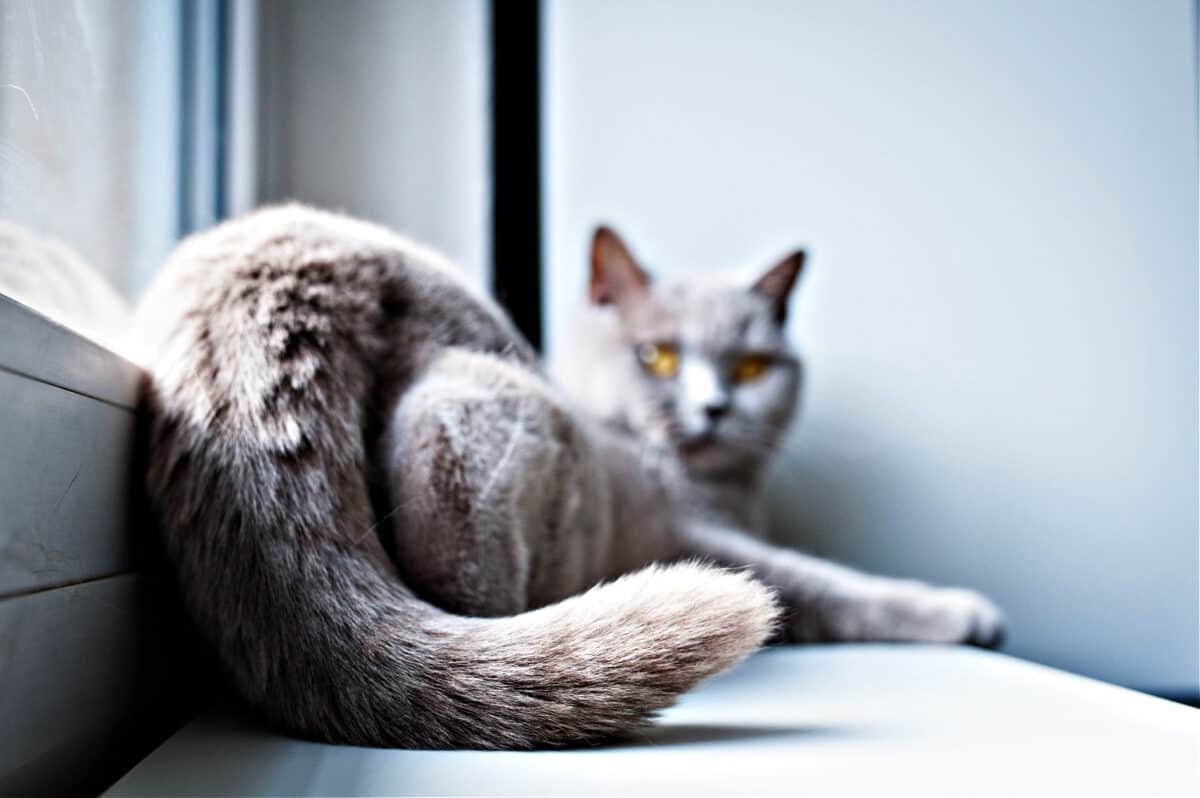
Tail Injuries: Understanding the Risks and Prevention
Much like other bones in the body, a cat's tail bones can break. Open fractures run the risk of infection and may even lead to a severe bone infection known as osteomyelitis.
The Consequences of Tail Pulls and Accidents
A forceful pull on a cat's tail can harm the delicate nerves at the tail's end, which are part of the spinal cord.
Such injuries often occur in car accidents, when a cat darts across the street and gets its tail trapped under a passing vehicle's wheels.
This traumatic incident can disrupt control over urination and defecation, possibly as a temporary or even permanent consequence.
Intense pulls or breaks can also impede blood flow to parts of the tail far from the body. This interruption in blood supply can lead to tissue death and may necessitate a tail amputation.
Even in the absence of obvious injuries after a tail-related accident, it's crucial to monitor your cat's tail closely in the following days.
Always remember: keeping your cat away from car traffic is the most effective way to prevent these types of injuries.
Spina Bifida: A Congenital Condition
Spina Bifida is a birth disorder characterized by the absence of a tail and malformed lower back vertebrae.
Cats with this condition often have restricted use of their hind legs and experience difficulties with bladder control and bowel movements.
This disorder is commonly seen in tailless breeds like the Manx, especially when both parents lack a tail. However, it can also result from random genetic mutations or specific medications taken during the mother cat's pregnancy.
Awareness of such conditions can help cat owners better understand their pet's needs and seek appropriate veterinary care when required.
Frequently Asked Questions (FAQs)
Q1: How can I tell if my cat's tail is broken?
A: A broken tail can be difficult to identify without a vet's help.
However, if your cat shows signs of pain when you touch their tail or if they are not using their tail as usual, it might be injured. Seek vet help immediately.
Q2: Can my cat live a normal life without a tail?
A: Absolutely. While the tail aids in balance, many cats adapt well to life without one.
They will still be able to climb, jump, and play. Always consult with your vet about any necessary changes in their lifestyle.
Q3: Is there anything I can do to prevent tail injuries in my cat?
A: The best prevention is to keep your cat safe from situations where injury could occur.
This means keeping them indoors, away from traffic, and fighting with other animals. Also, always be gentle when handling their tail.
Q4: Why is my cat's tail puffed up?
A: Cats puff their tails when they feel threatened or excited. If your cat’s tail remains puffed for an extended period, consult with your vet as it may signal a health issue.
Q5: How often should I check my cat's tail for health issues?
A: Regularly examine your cat's tail during your petting sessions. It's a good habit to look out for any abnormalities like lumps, bumps, or changes in fur condition. If you spot anything unusual, schedule a vet appointment.
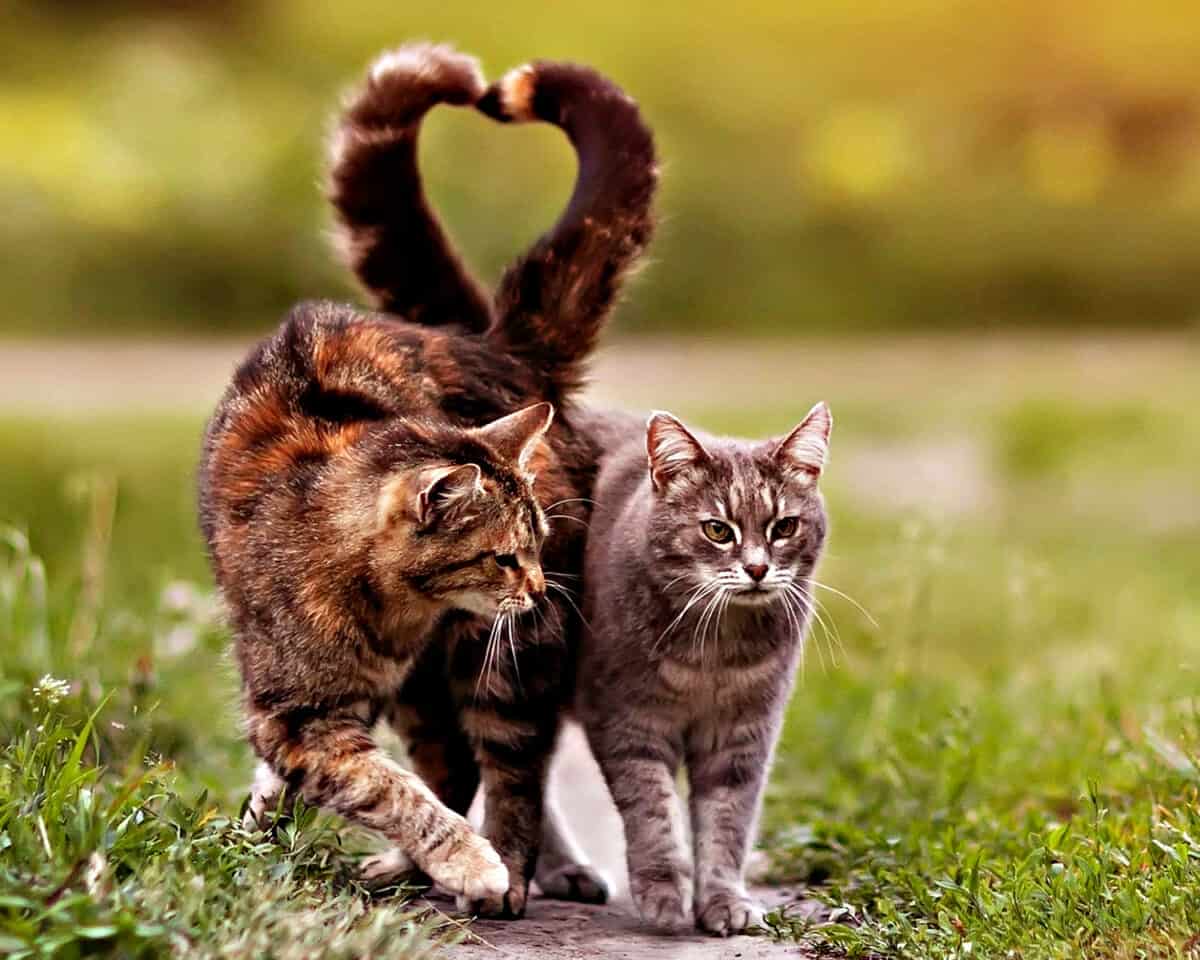
Wrapping Up: The Tale of Cat Tails
Your cat's tail is more than just a fluffy appendage. It's a vital part of their anatomy and communication, offering insights into their health and mood.
By understanding what to look for—from changes in behavior to signs of injuries or disorders—you can better care for your furry friend's well-being.
The key is to be attentive and proactive. Regular checks and prompt veterinary care can make all the difference.
Your cat's tail is not just a tale of balance and emotion, but a significant story of health.
Keep this guide handy, and you'll be well-equipped to ensure your cat's tail continues to tell a happy, healthy story.
SIGN UP FOR THECATSITE'S EMAIL UPDATES >
You might also be interested in:
Why Does My Cat Chase Its Own Tail?
Comments? Leave them using the form below. Questions? Please use the cat forums for those!
Note: We may get commissions for purchases made through links on this page.

.jpg)

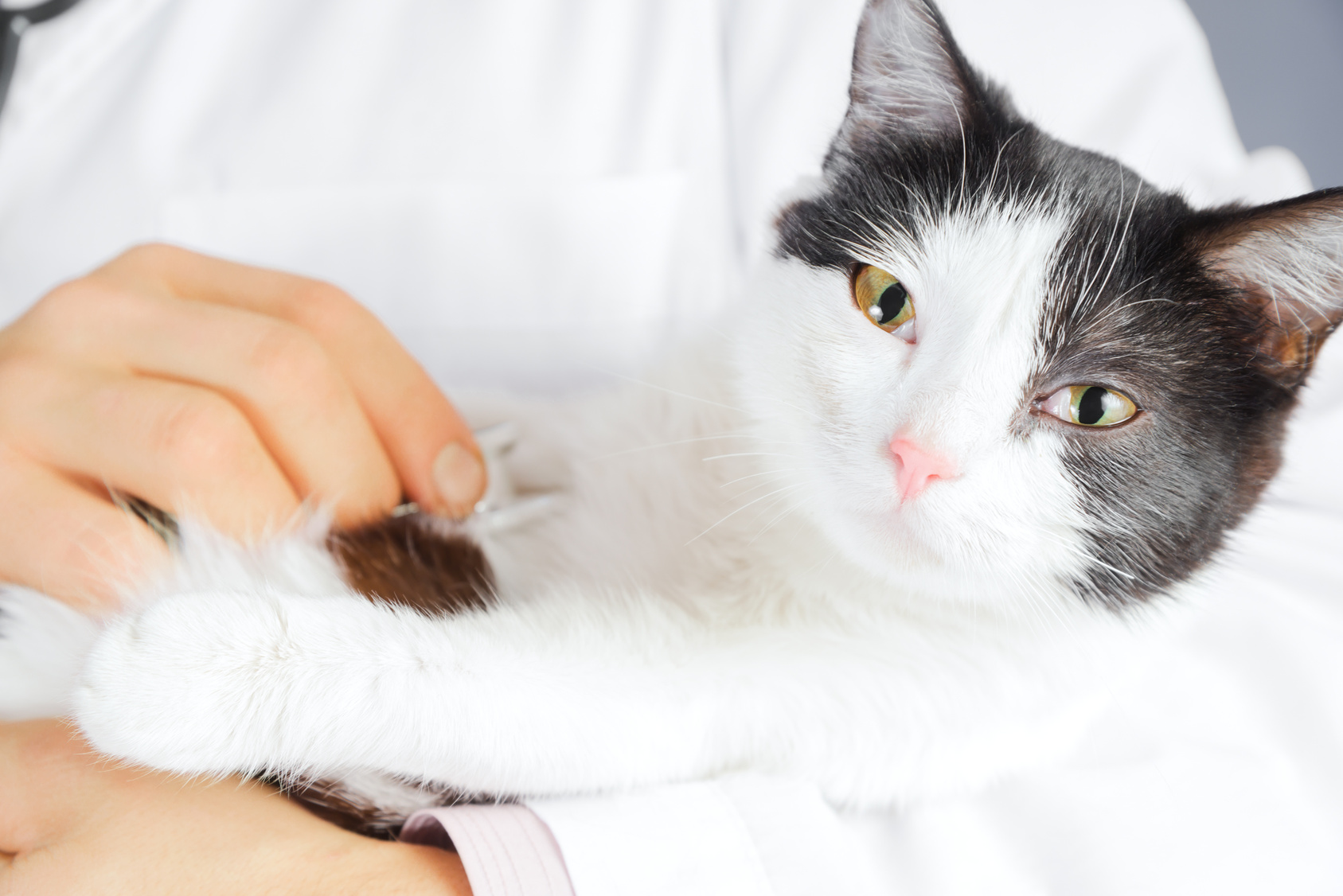
8 comments on “Health Issues In Tails – A Cat Owner’s Manual For A Healthy Tail”